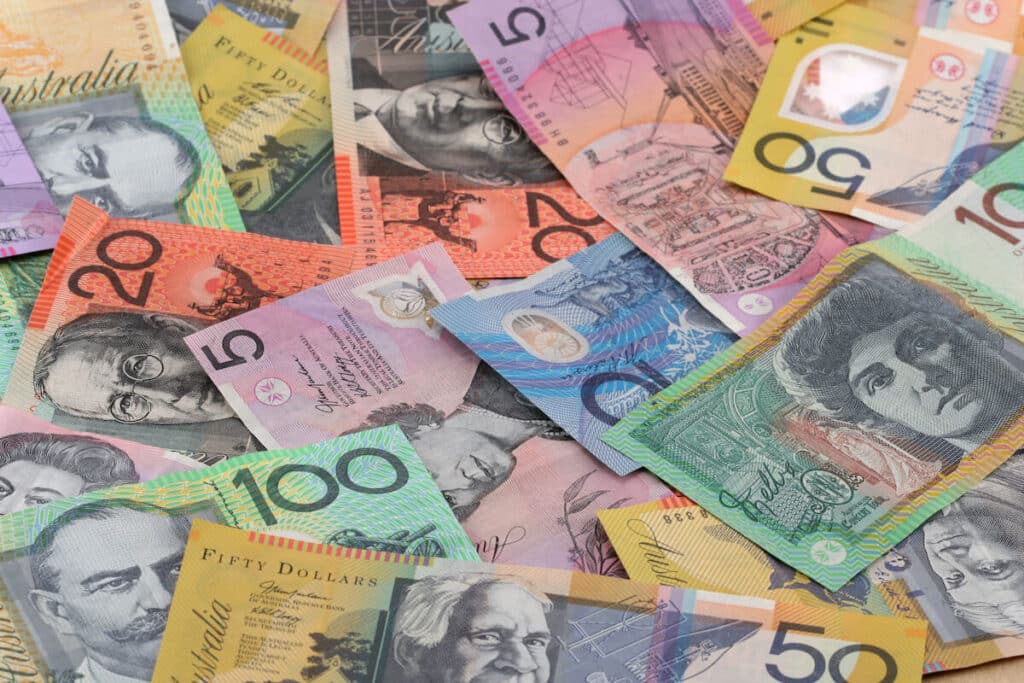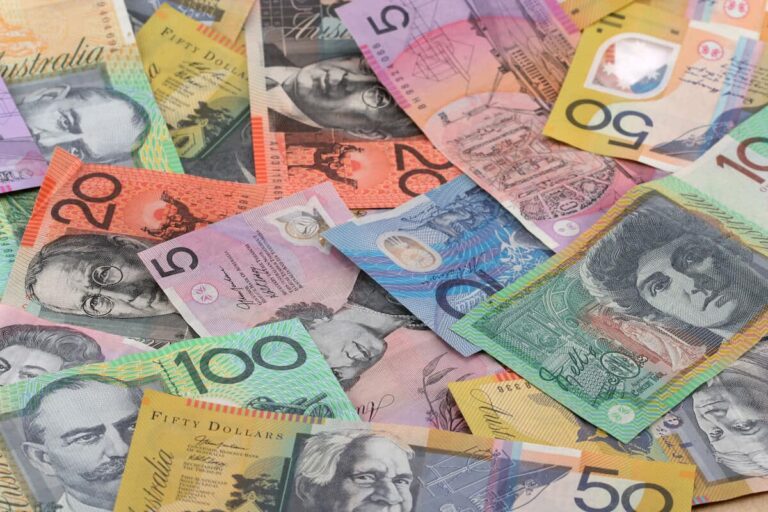Australia’s money, called the Australian dollar (AUD), is known for its bright design and its new, helpful features. People around the world talk about how important the AUD is. If you plan to visit, move, or send money to Australia, it helps to know more about the AUD. This can make your money matters in Australia much better.
1. The AUD: A Global Player
As of May 2025, the Australian dollar is the sixth most traded money in the world. It makes up about 6% of all money exchanges around the globe.
2. A Pioneer in Polymer Banknotes
In 1988, Australia was the first country to use polymer banknotes. These notes last longer and are harder to fake. The notes come with top security features like see-through windows, tiny text, and ink that changes color.
3. Distinctive Denominations
Australian coins come in 5¢, 10¢, 20¢, 50¢, $1, and $2. The paper money comes in $5, $10, $20, $50, and $100. Each note shows well-known Australian people and images from their culture.
4. A Currency with Royal Ties
In the past, Australian money has shown British kings and queens because the country is part of the Commonwealth. Many coins had a picture of Queen Elizabeth II on them. Now, new coins are starting to show King Charles III instead.
5. The AUD’s Reach Beyond Australia
The Australian dollar is not used only in Australia. It is also the official money for some countries in the Pacific. These include Kiribati, Nauru, and Tuvalu.
6. Embracing Digital Transactions
Australia has a high-tech banking sector. Many people use digital payment systems like Osko and PayID. With these platforms, you can send money to others right away. This shows that the country is moving towards using less cash.

The Reserve Bank of Australia (RBA) issues Australian currency, with coins produced by the Royal Australian Mint in Canberra, and banknotes by Note Printing Australia.
Australian coins come in six denominations: 5, 10, 20, and 50 cents, as well as $1 and $2 coinage. Smaller units, including 1-cent and 2-cent coins, are rare.
As for paper currency, you’ll find $5, $10, $20, $50, and $100 banknotes, with the most recent editions issued between 2016 and 2020.
FAQs About Australian Currency
1. What is the current exchange rate of the AUD to USD?
As of May 2025, 1 AUD equals approximately 0.6412 USD.
2. Are older Australian banknotes still valid?
Yes, all previously issued Australian banknotes remain legal tender, though newer polymer notes are more commonly used.
3. Can I use Australian dollars in other countries?
While the AUD is accepted in some Pacific Island nations, it’s advisable to check local currency acceptance before traveling.
4. How can I send money to Australia?
Various international money transfer services and banks offer options to send funds to Australia, often with competitive exchange rates and fees.
5. Is tipping customary in Australia?
Tipping isn’t mandatory in Australia, but it’s appreciated for exceptional service.
